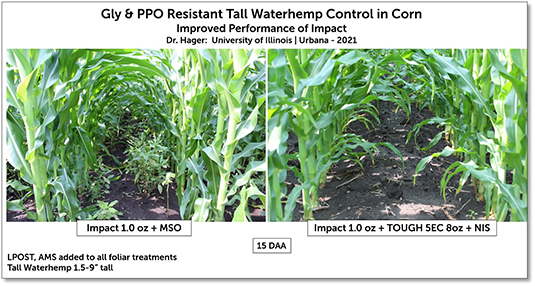The Power Of Technology
Machines that have the ability to communicate diagnostically back and forth to the main office have become one of the latest trends in agricultural technology. There are currently only a few systems available that allow for this type of communication; GVM AgJunction’s AgriWAVE for application equipment and John Deere’s JDLink for tractors each offer different communication options but center on machine diagnostics.
Diagnostic information available generally includes engine, transmission, hydraulic, electrical and product control as well as any fault codes that may have occurred. In addition to machine diagnostics, the system also allows for prescription and as-applied files to be pushed to and from machines, navigation to be sent, basic asset history and active tracking, efficiency reports to be generated and reviewed and service logs to be viewed and updated. The system will alert the operator when suggested maintenance will need to be completed and can also be set up to alert the home office. In addition to up-to-the minute machine diagnostics, the system will also play back 30 minutes of history and automatically archives all other data collected.
There are multiple advantages to having up-to-the-minute machine diagnostic information available in the machine and in the office. Advantages will reach employees at all levels of the organization, benefitting the equipment buyers, operations managers, experienced and new operators, agronomists, the back office personnel, the service providers and even the grower or customer.
Enjoying The Benefits
Equipment buyers will be able to use the information and reports generated by machine diagnostic systems to provide them with a better basis for making purchasing decisions. Diagnostic systems will allow buyers to look at all machine efficiencies daily, monthly and annually including idle time, travel time, spreading or spraying time, fuel consumption, gallons used per acre, etc. Historical data will become an important tool as buyers are looking for machines that will provide their company with the best return on their investment.
Operations managers will also benefit from constantly updated machine information. These systems will allow them to become better managers, likely using the systems to track where their machines are, send and receive file to know what their machines are doing at all times. The system will ultimately allow them to cover more acres per day per machine. In addition to benefiting operations managers, operators will also see advantages to using these systems. Operators will be able to get products and fuel faster spending less idle time in the field. Diagnostic systems will also benefit managers and new operators, by allowing new operators to get in the field faster by minimizing necessary training time.
These communications systems will also be used for verification. Agronomists will be able to verify that their suggested plan was accurately executed, back office personnel will be able to ensure that each job was billed correctly after completion by viewing reports and the grower or customer will be able to verify that they have gotten what they paid for.
As input costs continue to increase, systems that encourage transparency in organizations, from the top to the customer will become a rapidly growing trend and organizations with multiple machines will greatly benefit from machine diagnostic systems that will allow them to become better buyers, better managers and better operators.





